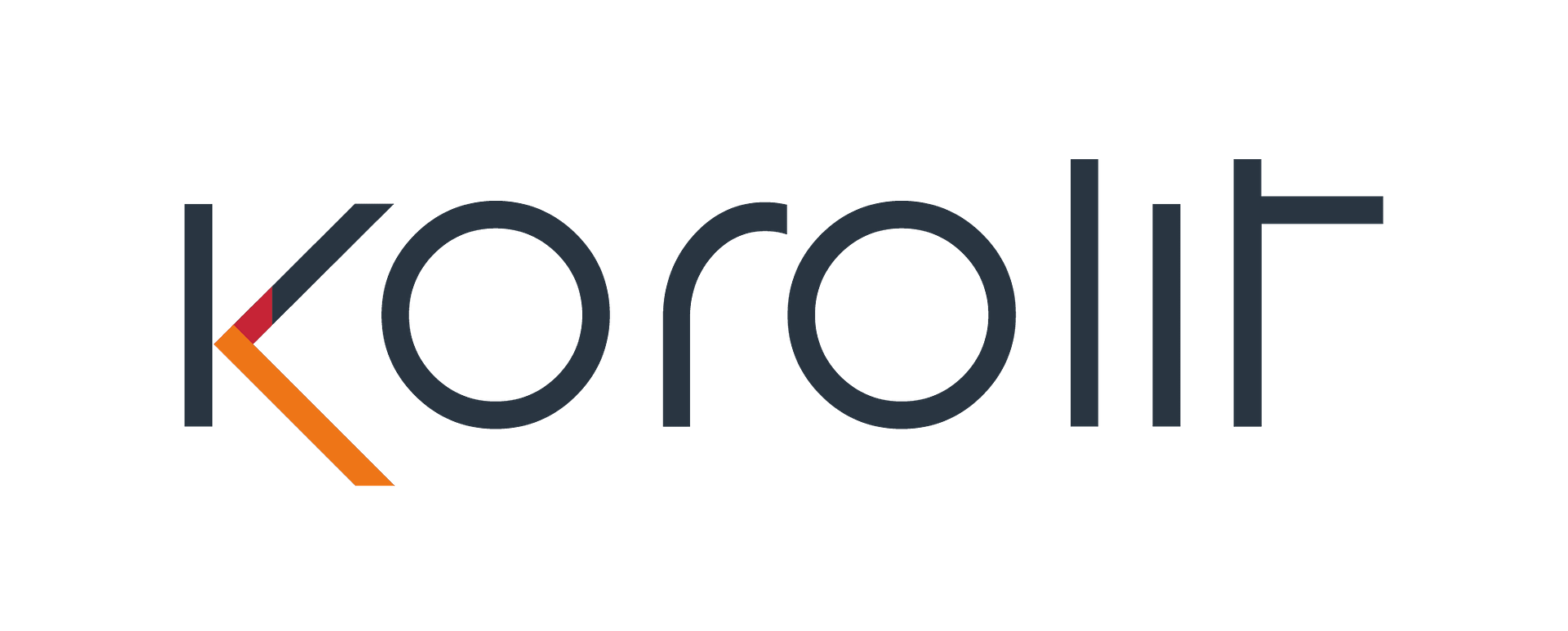Transformation and finding the budget to fund it!
Larger corporations have, and even during the recent market downturn, have had the financial scale to support internal teams focused on strategy and transformation. For the really big decisions such as an outsource of services they can also go to independent consultancies for additional guidance and to assist in any transition of services etc.
Below this level most businesses and not-for-profit organisations are fully aware of the benefits but simply cannot afford to maintain in-house expertise or fund external consultancy to assess and drive change. Probably their only source of guidance comes from the System Integrators (SI) and Managed Service Providers (MSP’s). To be blunt this is pretty much like going into a car dealer and asking him what accessories and options you should add to your new car. The result will be as much as he can sell you!
At Korolit we can help to guide you independently through the steps you need to take to create a comprehensive, sensible and integrated business strategy underpinned by a transformation programme. We can also help you to find the budget and prepare the business case!
The sections below provide a primer on how to approach this but please contact us for further information at [email protected], call us on +44 (0) 333 444 8944 or fill in the contact form at www.korolit.com.
The key steps in building your transformation roadmap are as follows:
- Define business Strategy
- Establish a comprehensive IT governance model
- Review your backlog of work
- Create a long term Roadmap
- Agree an Operational Plan
and these steps are outlined in the following sections:
Define business strategy
This is essentially a workshop with your key client representatives to work through the following:
- Business overview
- Differentiators
- Opportunities
- Challenges
- Future change
No surprises here as, regardless of the underlying business or organisation, the drivers are in most cases ‘give me more from for less’ and this requires a fundamental change to the way we view IT across both operation and strategic change. Businesses are asking their partners to bring down the operational costs of their services to release funds for more development and cost reduction.
It’s a tall order and drives businesses to adopt a far more integrated and financially focused approach to solutions and services where change programmes are geared towards driving down support costs and releasing funding for work. It’s going to be a difficult transition for many companies but the ones that grasp the nettle will be able to drive the changes that will help to differentiate their businesses and achieve greater market share.
Knowing where to start beyond just operations and change is a bit daunting hence a useful start point is to group your services into a number of layers starting from the client or end user and working back through the communications elements to where you process and store information.
This approach helps you to fully understand the break-out of the individual service elements and their respective contribution to the overall service costs. It helps you to assess potential savings by reviewing and modifying elements (e.g. comms providers). It also helps you to assess the performance of existing operational services and to drive Service Improvement Programmes (SIP).
Managing services without an effective and ongoing management model to shape, direct and control operations and strategic change can allow unnecessary costs to be introduced later hence the review should also introduce more effective monitoring and governance procedures to help you keep on top of the actual and necessary cost of your services.
Backlog Analysis
Most businesses have a pile of work that needs to be addressed and this is frequently referred to as the ‘WIP’ or Work In Progress. This is typically a list of the changes that are required, planned or currently underway that will have an impact. This list would have been prepared without necessarily referencing the business or longer term IT strategy so now is a good time to review if we need to adapt or replace or stop any work. Alongside the list we need to understand:
- Schedule
- Dependencies
- Responsibilities
Roadmap
The next step is to consolidate the output from the strategy and back-log into a single transformation map which will provide the foundation for an overall roadmap that can be used to manage annual service objectives, budgets and used to assess change.
Operational Plan
The operational plan relates to the current FY for most companies and comprises a series of projects with any interdependency’s highlighted along with all required activities (e.g. scoping, budgeting, initiation, closure). The plan is used in conjunction with the roadmap to:
- Review and manage progress across projects
- Assess the impact of any slippage on the programme as whole
- Review and confirm any changes
- Confirm overall closure
Planning for a Transformation
The transformation itself needs to be managed as a project and a typical schedule would be as follows:
- Review (30)
- Review business objectives, priorities, budgets
- Review governance
- Prioritise work back-log
- Create draft IT roadmap
- Create FY operational Plan, identify and launch ‘quick wins’
- Plan (60)
- Define and communicate IT roadmap and updated FY operational plan
- Create and confirm scoped and budgeted work packages
- Define and agree transformation organisation and governance
- Execute (90)
- Implement FY operational plan
- Implement transformational organisation and governance
What next?
That’s probably a good overview for this article but if you would like any further information or would like me to help you with your organisations transformation strategy and plans please get in contact with us at Korolit.








